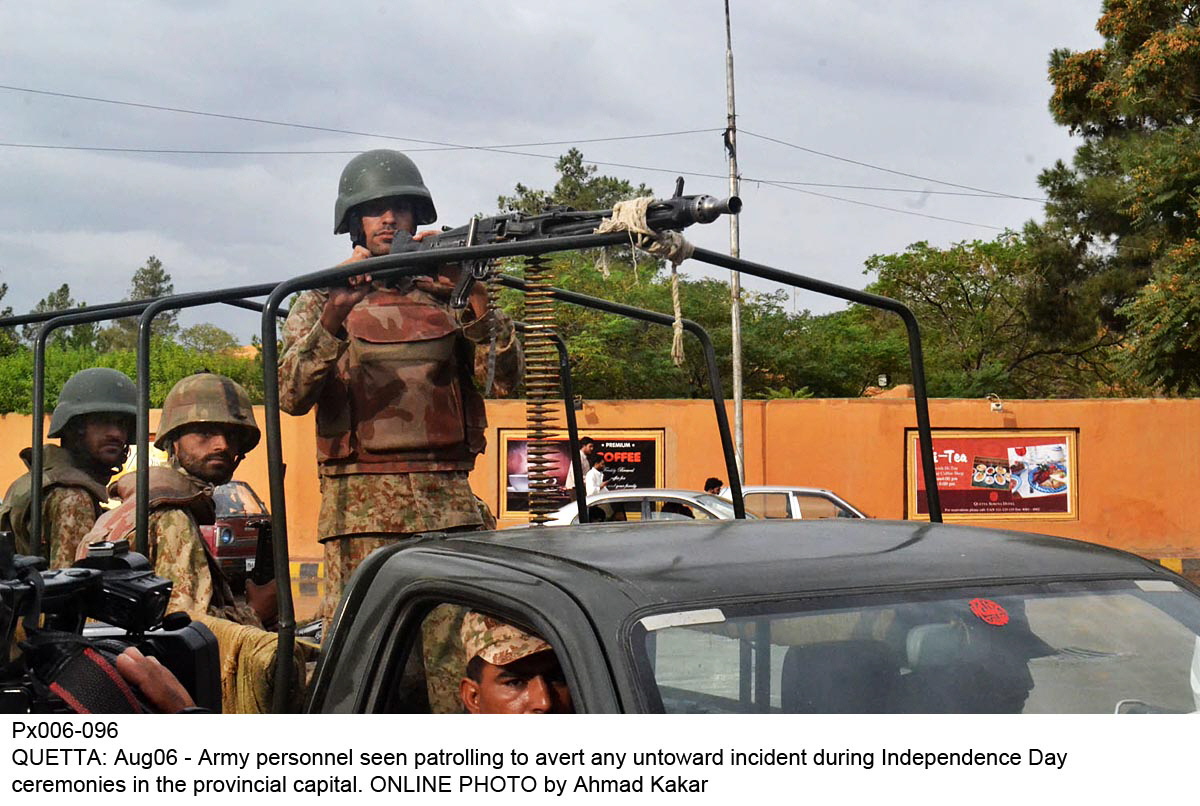
Taking a hard look at how NAP fared
Except for the first two items, the 20 points of the NAP agenda is a brilliant example of bureaucratic obfuscation and vagueness — everything to ensure that the “plan” remains unworkable. Loaded with clichés such as “focus on repatriation”, “dealing firmly”, “ban on glorification”, “will be strengthened”, “choking finances”, “effective steps”, “comprehensive policy” and “ownership by all stakeholders”, it does not contain a single element of what constitutes even a half-baked workable plan. There are ludicrous inclusions such as, “zero tolerance for militancy in Punjab”, which could only insinuate that militancy could be tolerated in other provinces. Another target suggests “Karachi operation will be taken to its logical end”. Surely everyone is free to draw his / her own conclusion of what is logical and what would be considered an end. NAP could have had a much better opportunity for success, had it been limited to four or five critical tasks with clearly defined activities, responsibilities and timelines.
NAP came about as a result of the tragic APS Peshawar incident, but did not, except in the vaguest terms, mention the organisations, the individuals or the militants that were to be targeted, eliminated or reformed. NAP failed to implement Article 256 of the Constitution which clearly stated, “Private armies forbidden — no private organisation capable of functioning as a military organisation shall be formed, and any such organisation shall be illegal”. Thus, the first task of NAP ought to have been to ban all private armies and private militias that consist of two or more persons and who bear arms, regardless of their number or category. Simultaneously NAP should have issued orders such as “all weapons shall be surrendered within two months. Not doing so, would be considered a violation of Article 256 of the constitution and the armed forces of Pakistan will be called upon to eliminate and disband such groups”.
For NAP to have ignored the 44 million guns, both licit and illicit held by civilians in Pakistan (according to 2017 data from gunpolicy.org) was an inexcusable blunder, which was designed to appease our rich and influential militant elite. Thus not including a nationwide de-weaponisation programme guaranteed that the NAP influence would not travel beyond the cosy files of the Interior Ministry. A lesson could have been learnt from countries like Australia, Japan and the UK, which almost completely eliminated gun violence through de-weaponisation and buyback schemes.
NAP failed to put an end to the issuance of new gun licences and to declare the existing weapon licences (largely issued on the basis of favour, status, influence or bribe), null and void. The industry of fake gun licences, thriving for decades, has made Pakistan perhaps the largest fraudulent gun licence manufacturer in the world. Numerous weapon-promotion policies such as the SRO (1) / 2018 that removes the ban on issuance of prohibited bore gun licences have further added fuel to the prevailing level of violence and militancy.
PM Imran forms expert groups to implement NAP
NAP has failed to realise elimination, regulation or reformation of the militant, proscribed or extremist groups as it is not possible without first implementing the tasks stated above. The renewed resolve of the government to eliminate all groups and individuals who threaten peace at home or abroad is highly welcome. However, all this could remain a pipe dream without first implementing the tasks described above. It is time to realise that there is no other way and no other option.
Published in The Express Tribune, April 17th, 2019.
Like Opinion & Editorial on Facebook, follow @ETOpEd on Twitter to receive all updates on all our daily pieces.




1719660634-1/BeFunky-collage-nicole-(1)1719660634-1-165x106.webp)







COMMENTS
Comments are moderated and generally will be posted if they are on-topic and not abusive.
For more information, please see our Comments FAQ